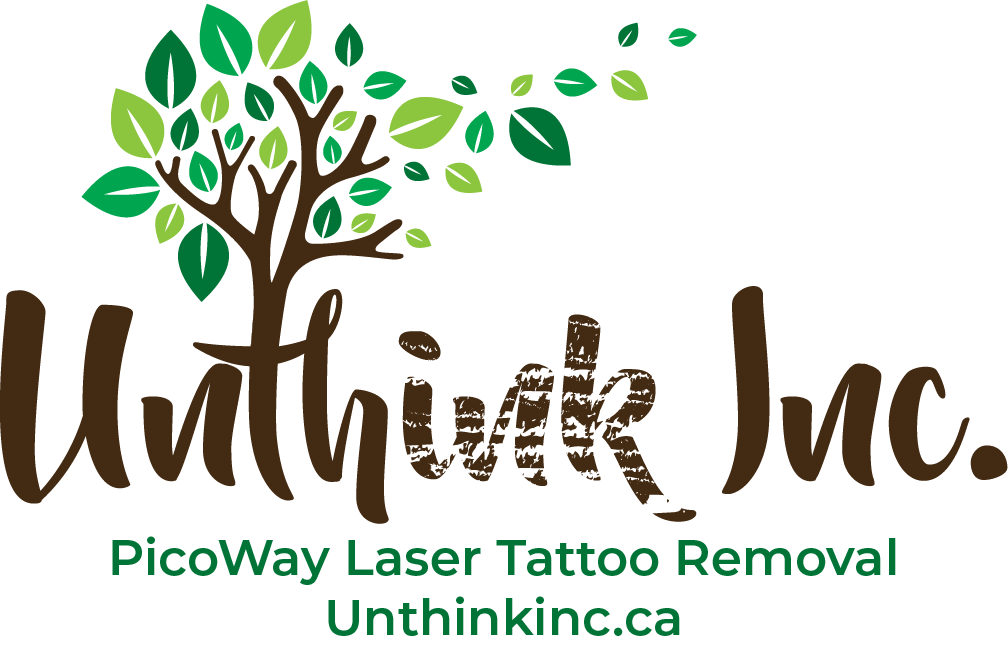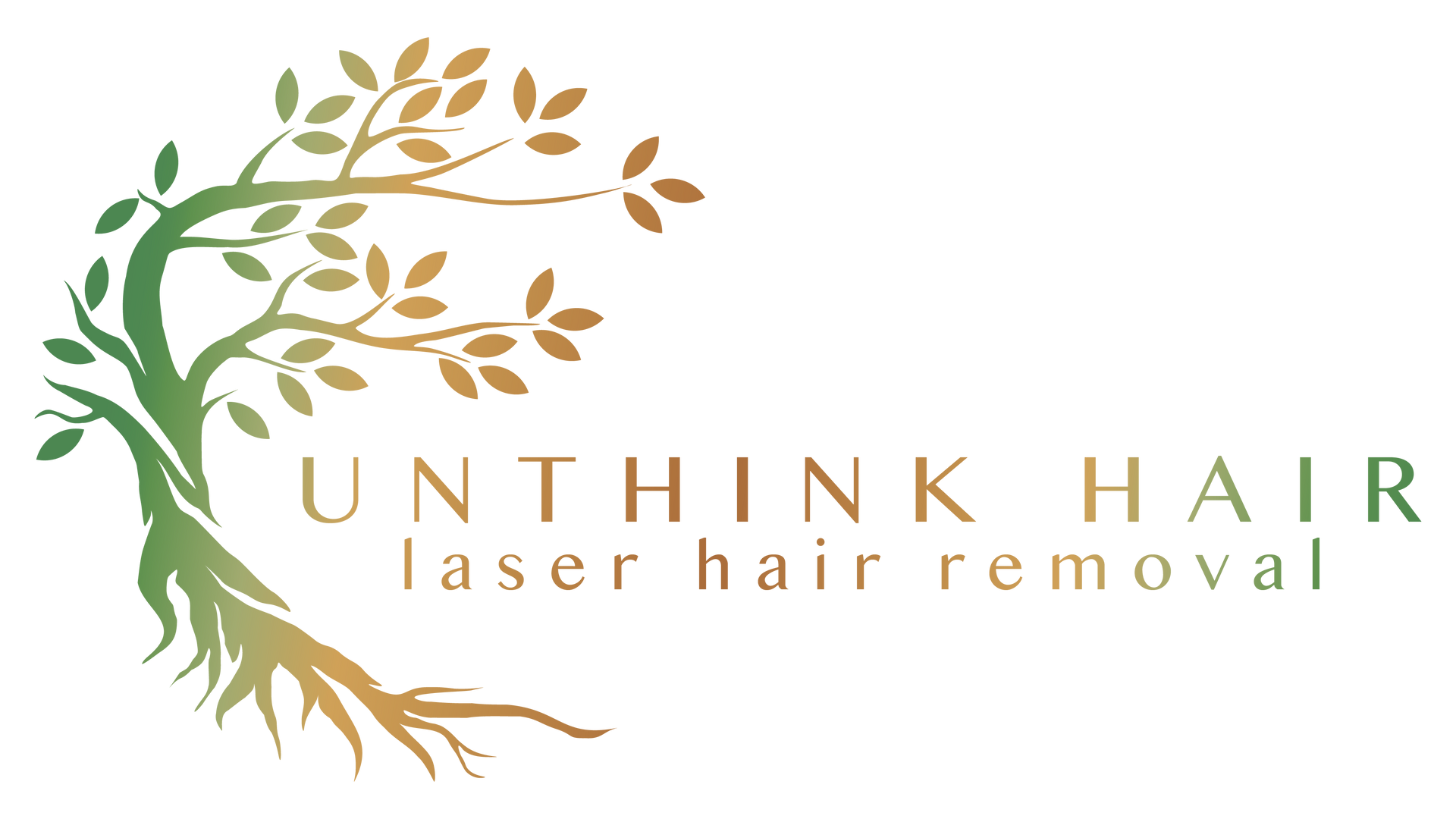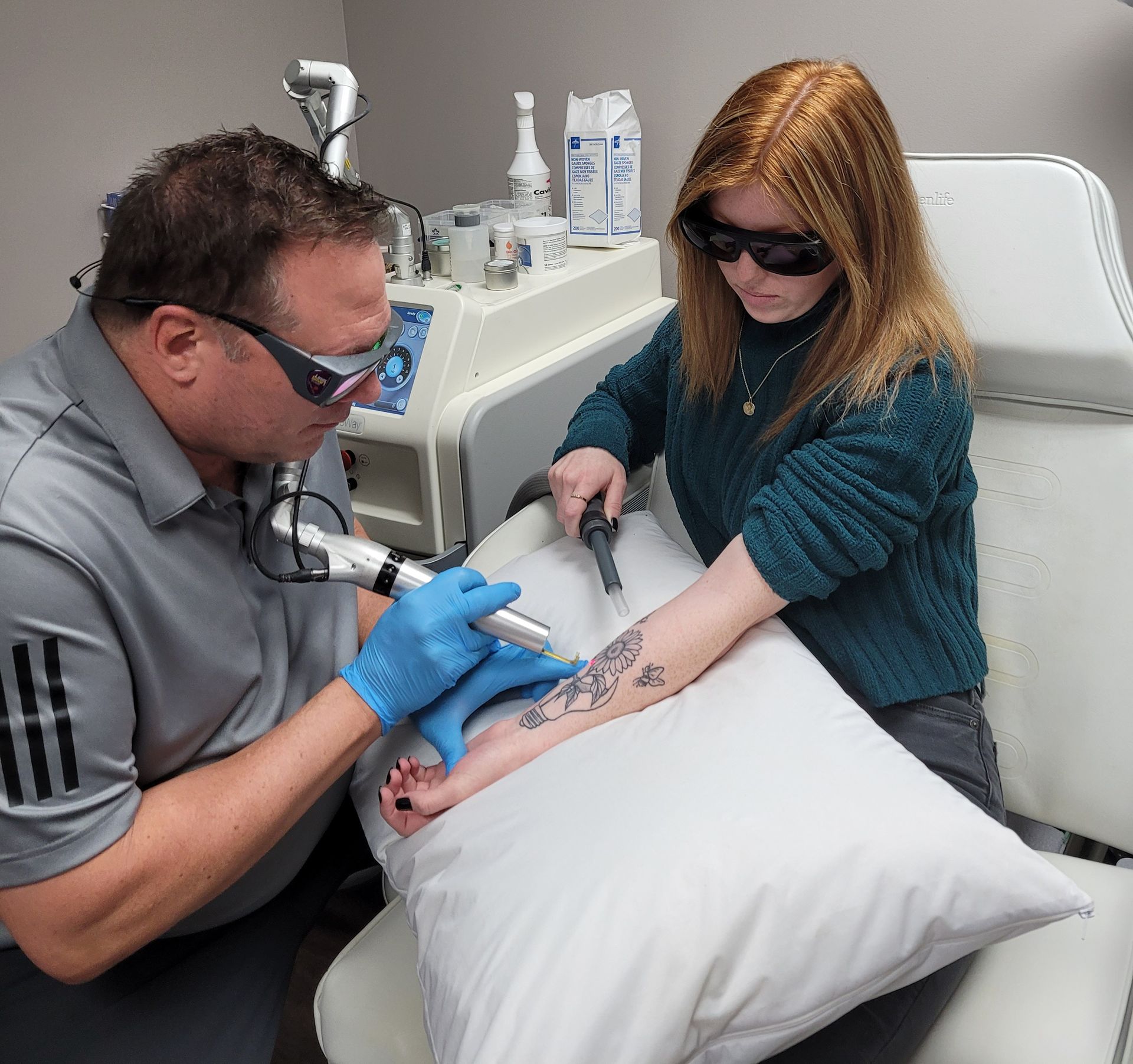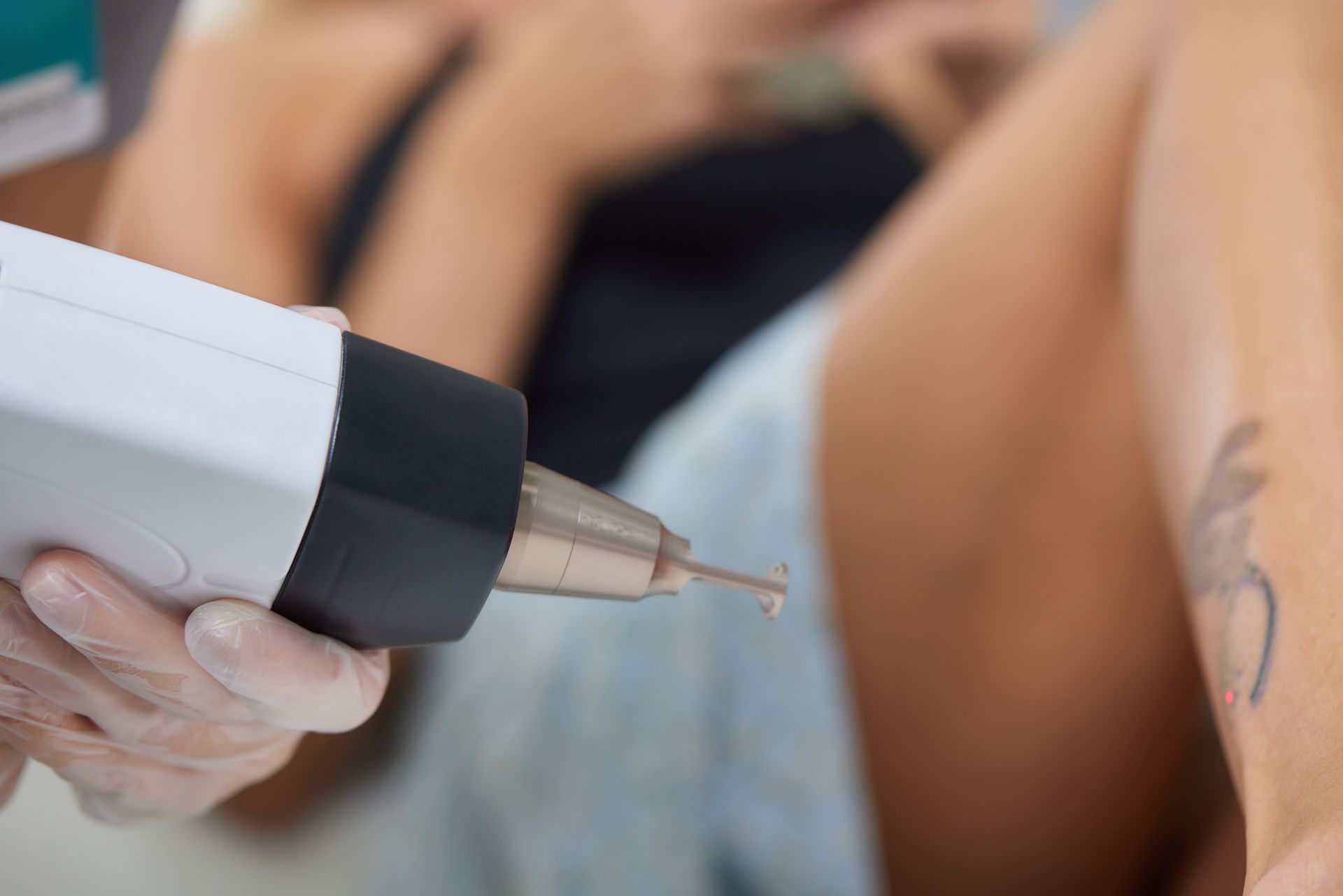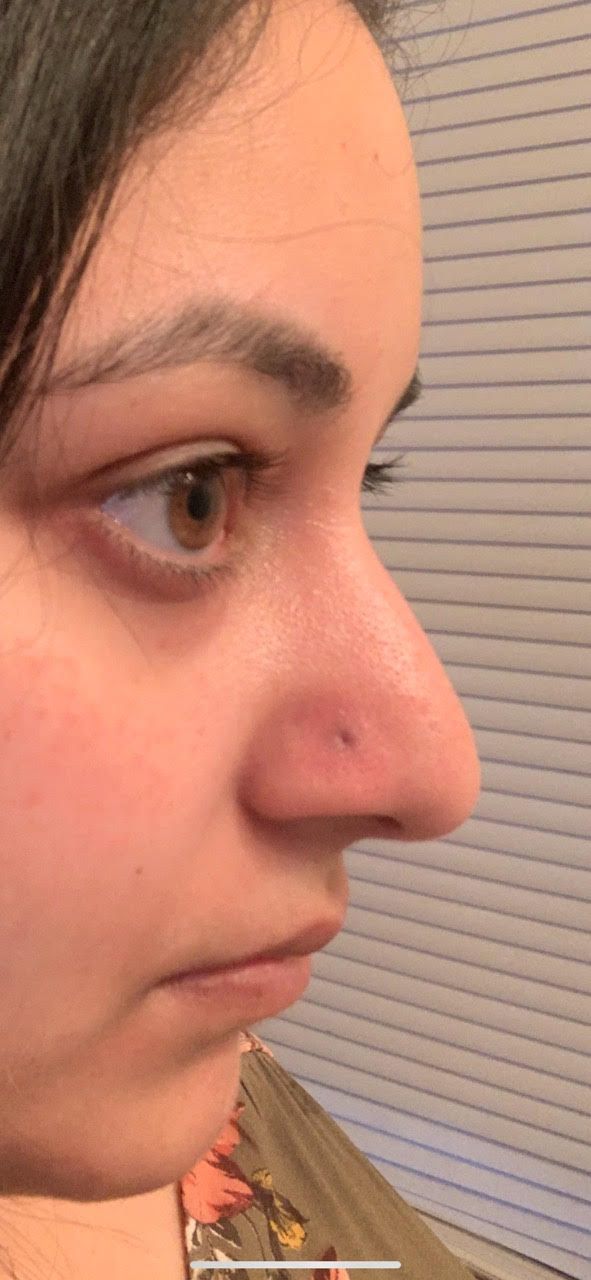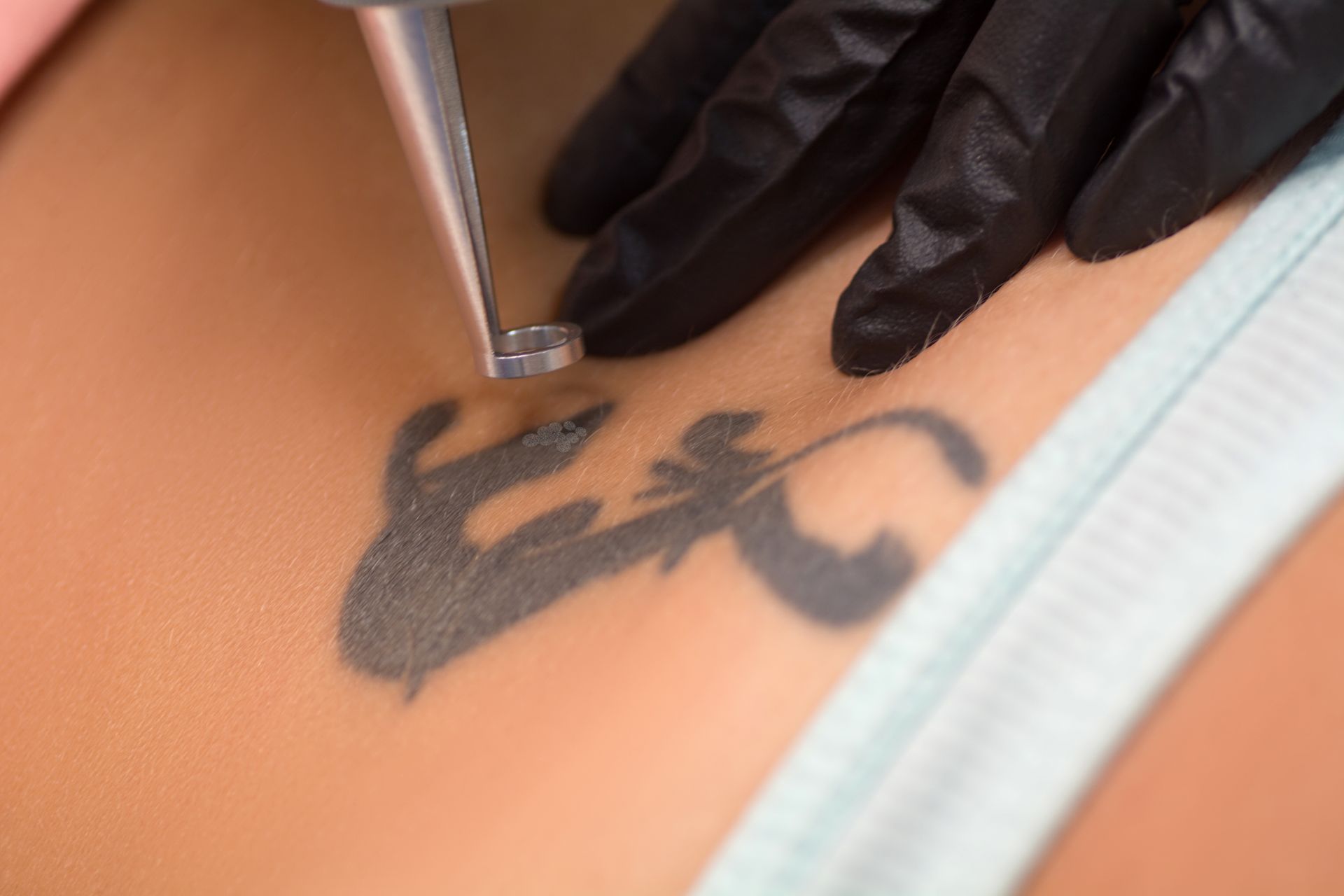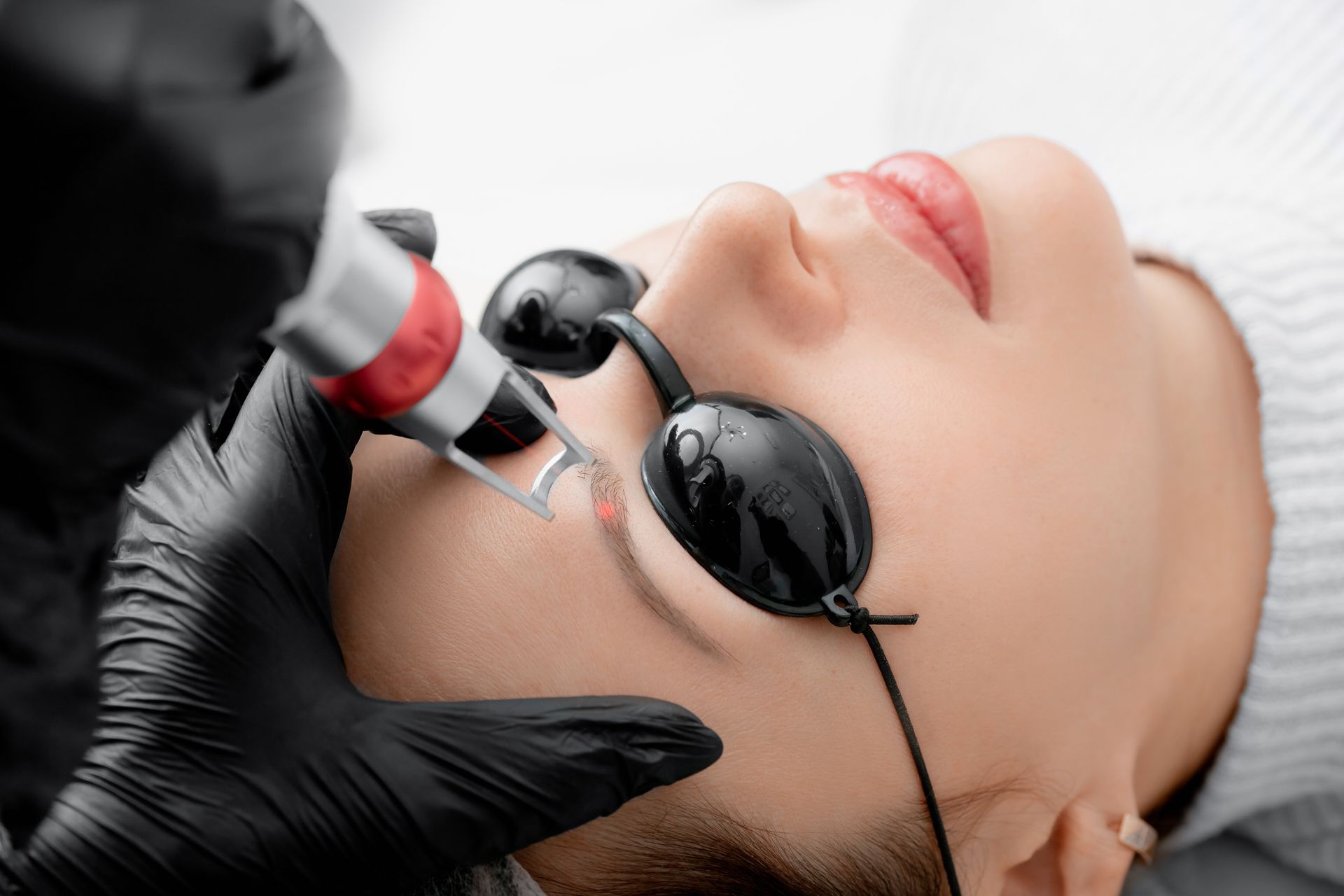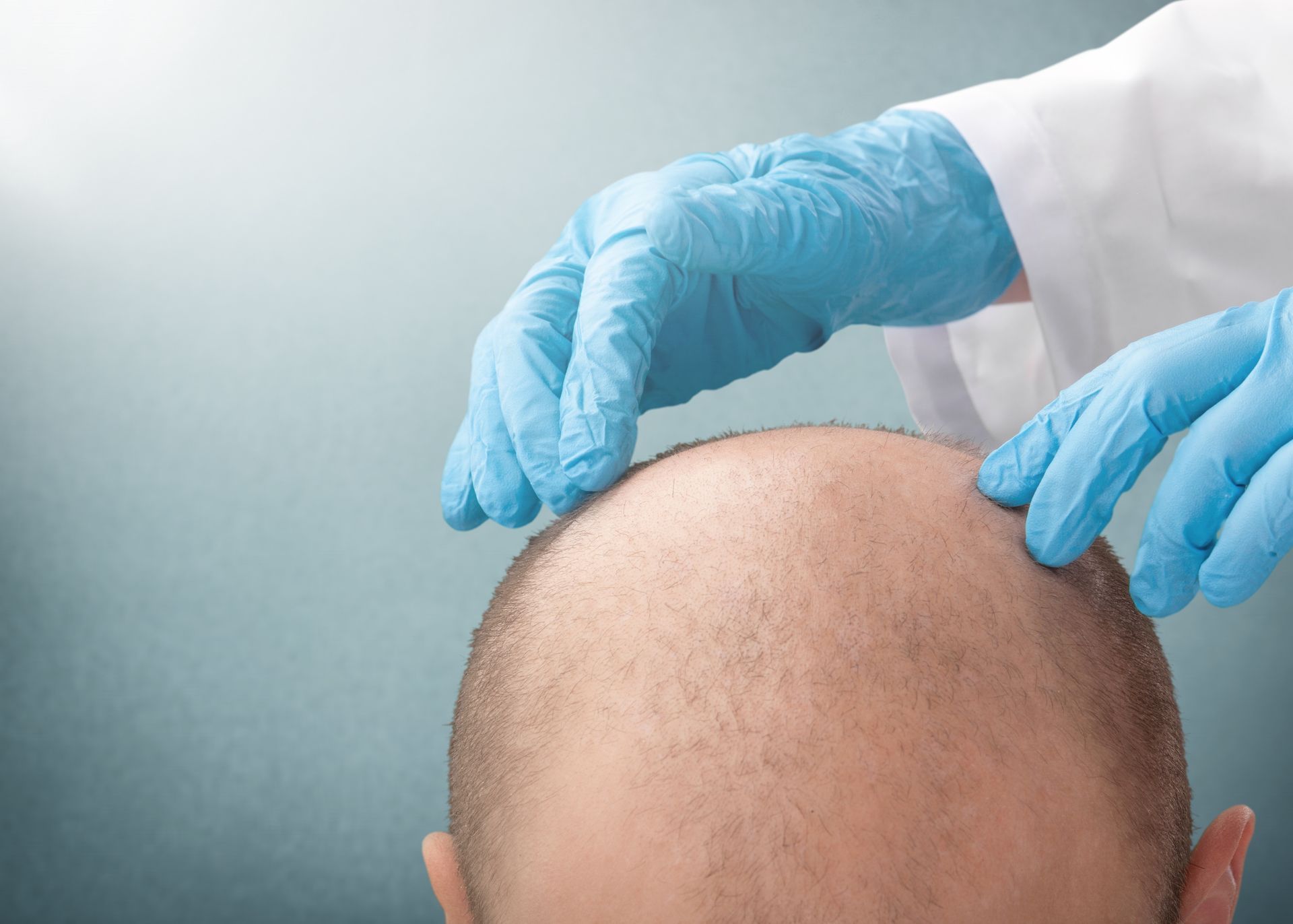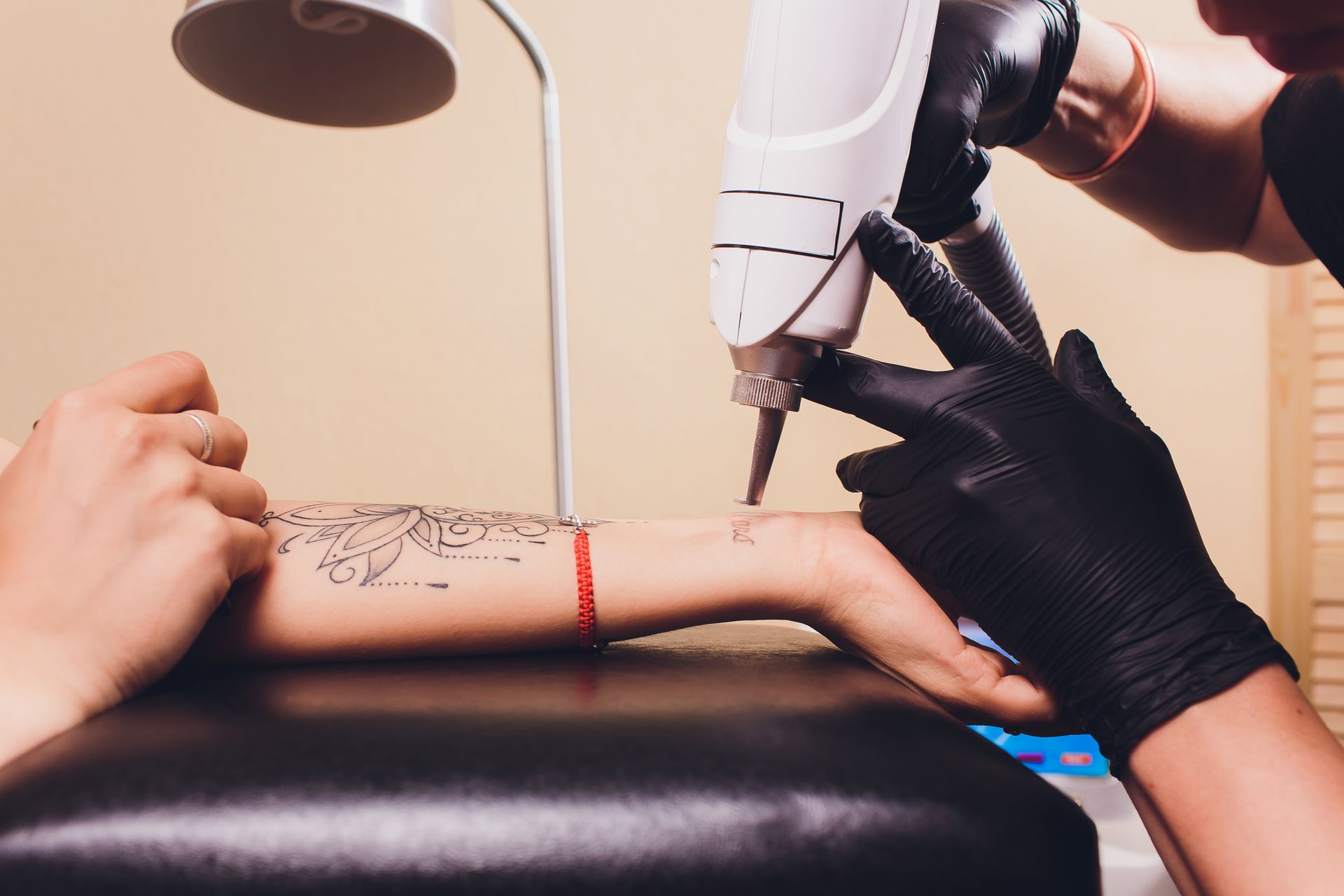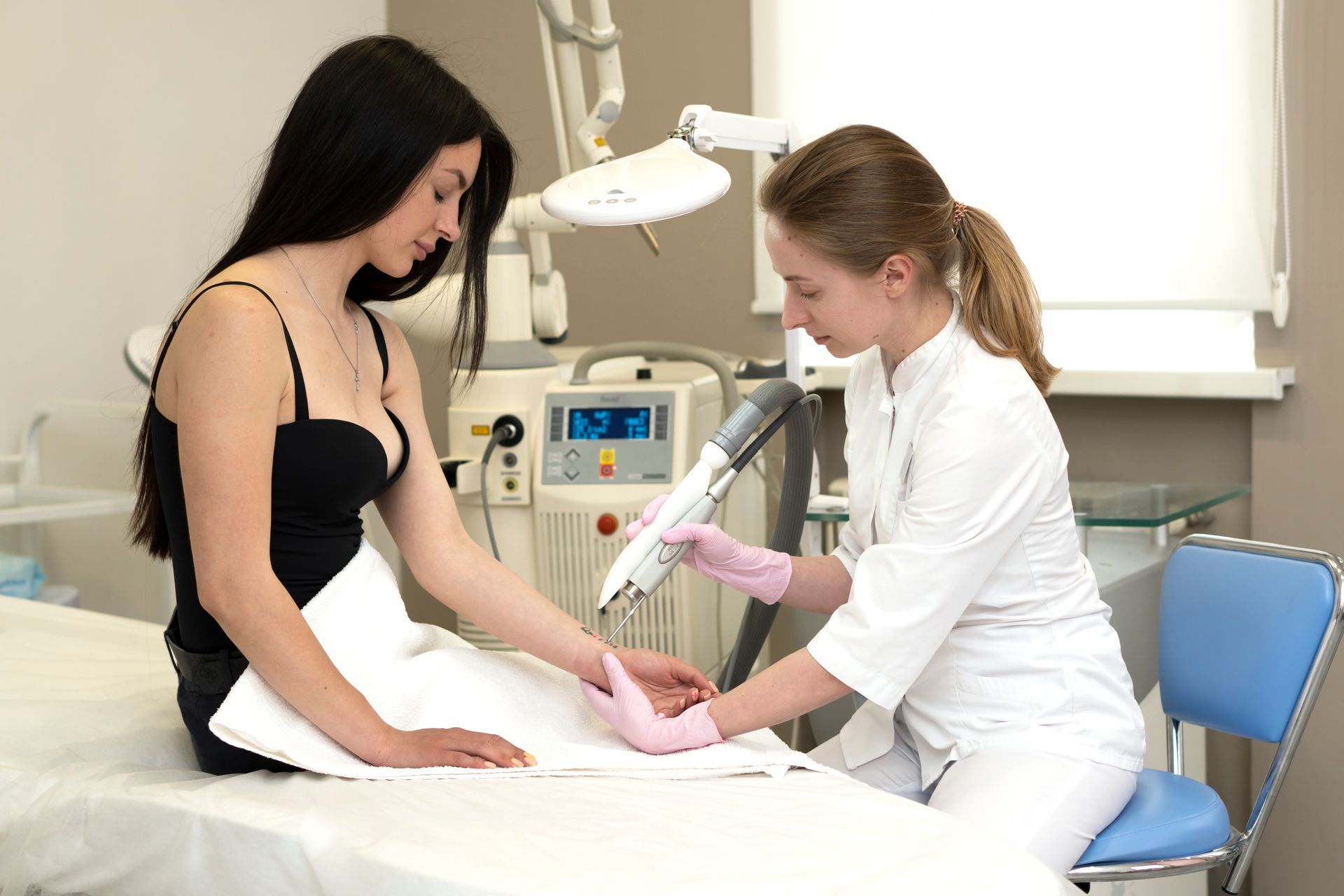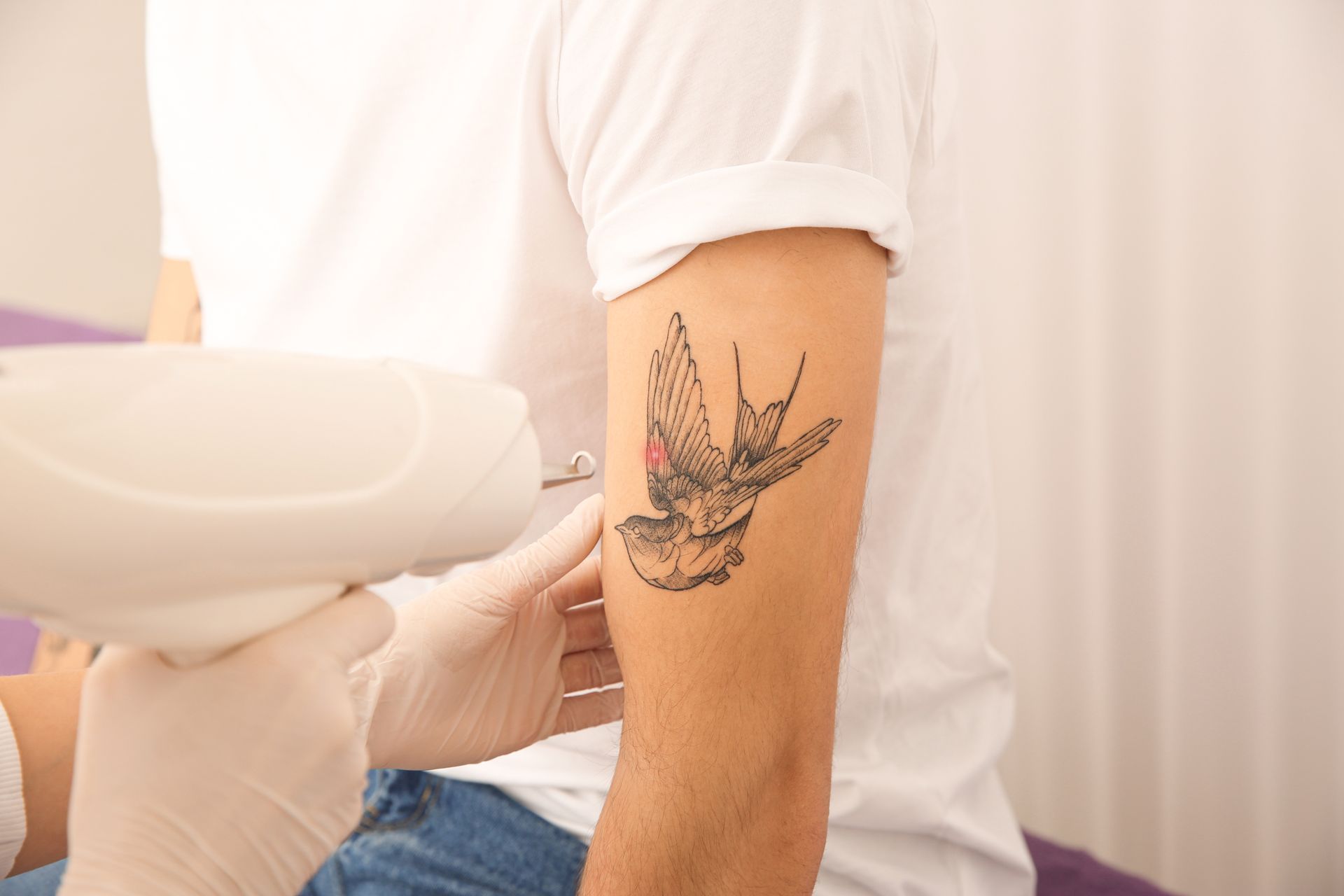Why Microblading Turns Bad
Like any other kind of tattoo, microblading or eyebrow tattooing is an art form in it’s own. However, sometimes the result is not always what you are expecting.
Microblading is a form of cosmetic tattooing, in which a handheld instrument is used to create small, hair-like strokes on the skin to mimic natural brow hairs. Although it is not permanent, microblading can last anywhere from 6 months to years. This is a considerable amount of time to have a tattoo right in the middle of the face—especially if the end product is not desirable.
There are a number of factors that determine the success of this kind of microblading. They include:
1) Poor handiwork.
The expertise of your esthetician is perhaps the most important aspect of a microblading experience. As they are the ones administering the tattoo, they have control over the look, shape and colour of the end result. Before going in for your initial consultation, we suggest ensuring your esthetician is a professional and has the certification to prove it. Looking into their work is also a good idea, checking their social media accounts or their website for before and after photos will help to give a good idea of what can be expected.
2) Uncleanly environment.
On top of the mess poor handiwork can create, an esthetician that works in an unclean environment creates even bigger issues. Tattooing of any kind must include puncturing the skin, to allow ink pigments to be embedded under the epidermis. This breaking of the skin immediately creates a risk for infection—unless cleanliness is upholded. This means instruments must be thoroughly sterilized or used new every time, the treated area should be properly cleansed of any dirt, oil or makeup, and your esthetician should be wearing gloves to avoid outside contamination. If these measures are not taken, the area could become infected.
3) Allergic reactions to the dye.
Although rare, allergic reactions to microblading dye can happen. If you have ever had an allergy to previous tattoos or to hair dye, it may be best to avoid microblading. In case an allergic reaction happens, we recommend visiting a dermatologist for a professional evaluation and healing plan.
4) Unfit skin type.
Microblading can be successful on any skin type or tone, however those with larger pores or more oily skin may not experience the best results. The ink may not show up on the skin very well, or the hair-like strokes can look blurry. Oily skin can also make it more difficult for the microblading to fully heal, and it may not last quite as long. We suggest speaking to your esthetician before treatment begins about your skin type and if you are fit to proceed.
Although there are many reasons as to why microblading can go wrong, there is thankfully a lasting solution. Laser tattoo removal has proven to be an effective treatment on those with regrettable microblading or eyebrow tattoos. At Unthink Inc. our expert laser technician, Jim Trenholm, has treated multiple patients with our advanced PicoWay laser. Each and every one of them has experienced positive results and noticeable ink removal.

In as little as two to five total sessions spaced eight weeks apart, unwanted microblading can be completely erased. Unlike other tattoo removal lasers, PicoWay operates using an ultra-fast picosecond pulse speed (that’s one trillionth of a second). Past technologies used a pulse speed measured in nanoseconds (just one billionth of a second), making PicoWay’s pulses 1000 times faster. With this high speed, tattoo treatments are safer and more effective, with less discomfort with minimized risk of injury.
To learn more about the difference Unthink Inc. and PicoWay can make for your regrettable microblading job, click here to book your free consultation today.
